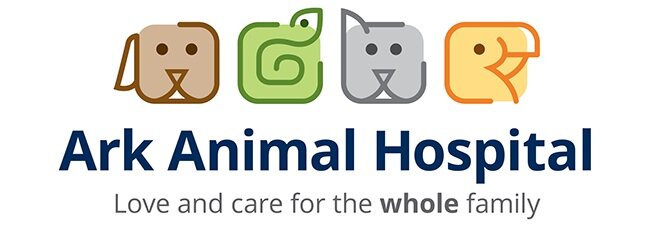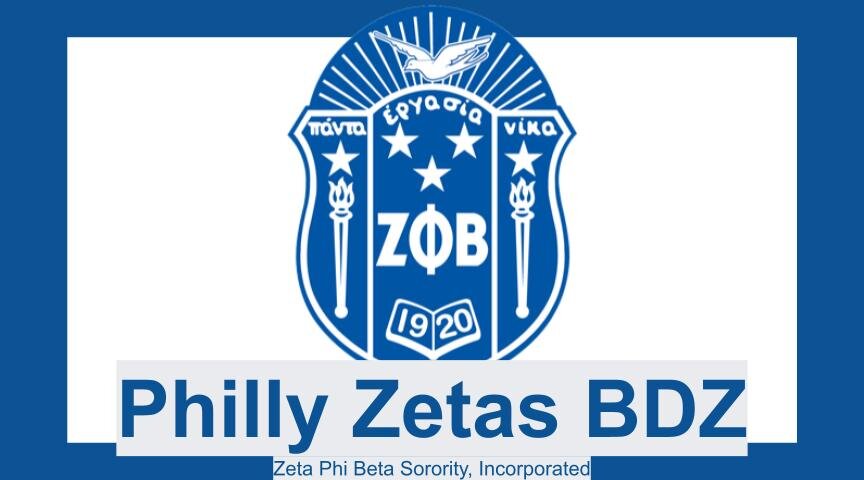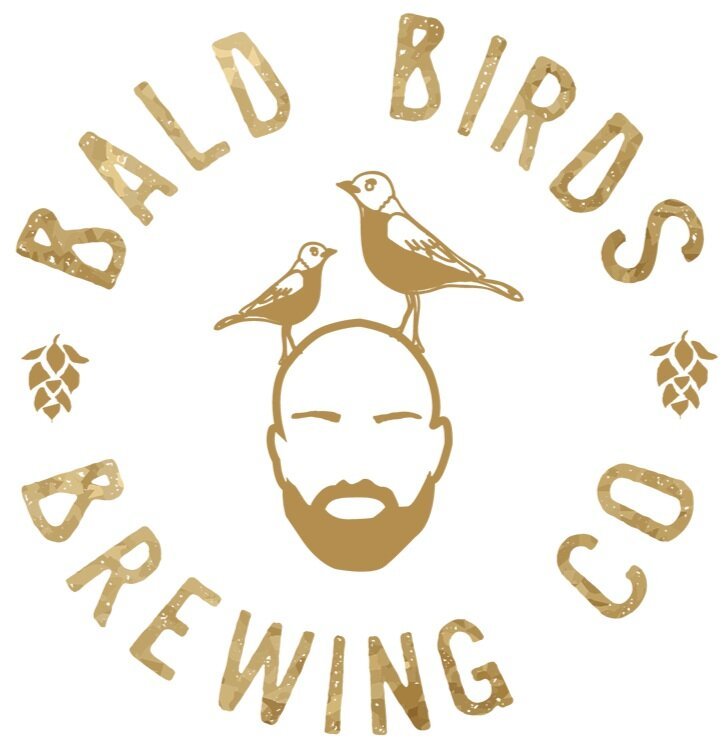This cooper’s hawk was admitted because it was unable to fly. No fractures were discovered through physical examination. Luckily, our diagnostic toolbox includes an x-ray machine. The x-ray image revealed a fractured coracoid (a bone humans lack). The coracoid is a “flying buttress” that supports a birds pronounced sternum (keel) from the scapula. Unfortunately, this type of injury can only be treated with R&R (regular anti-inflammatory and pain medication medication, too), a difficult task with a bird as energetic and reactive as the cooper’s. Nevertheless, we set out to provide the patient with supportive care, all the while keeping it as calm and still as possible. The bird did not always comply with the treatment plan.
Cooper’s hawk test flight_1
In order for a bird like this to heal, its movement must be restricted. This means keeping it in close quarters. In confinement, the tail must be wrapped to so the feathers don’t get damaged. The tail is critical to effective flight and a bird’s survival. See how the bird uses its tail as a rudder and brake in its impressively dynamic flight.
Cooper’s hawk test flight_2
And, finally, a successful release.
Cooper’s hawk release











